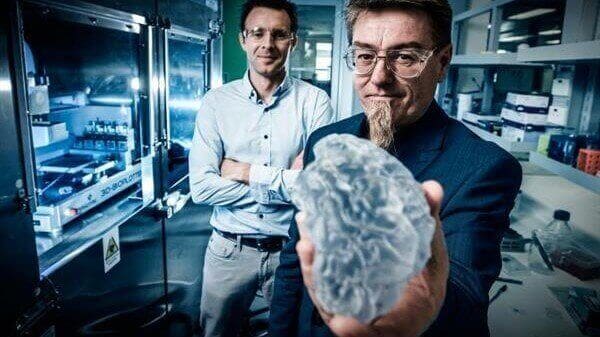
Ever thought about 3D printing body parts? Well, there‘s a free online course for it that now offered by an Australian university.

A team of engineers used a 3D printed model to show how tasting food relies on the movement of food volatiles in our head.
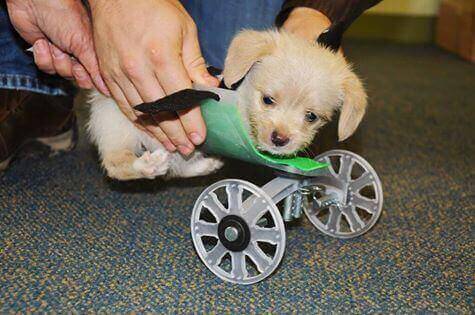
A 3D printed wheelchair was created for a disabled puppy named Tumbles who needed to strengthen its back legs.
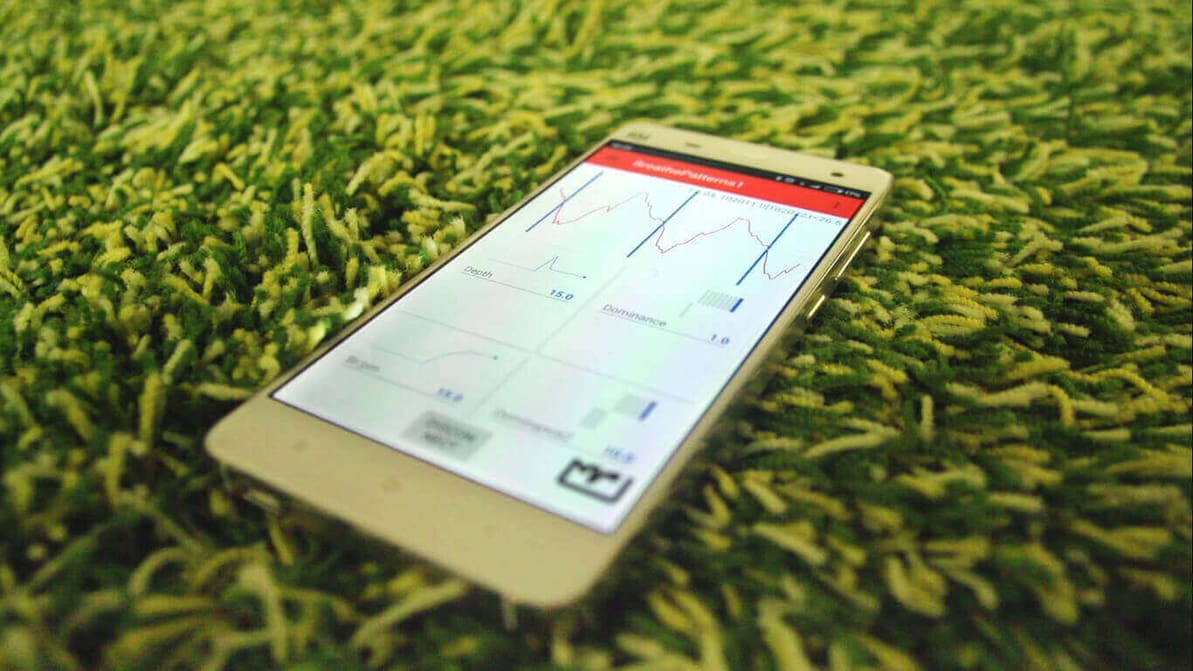
The trend of "Quantified Self", taken to a new level: Sendinaden created a "Pattern Breathe Mask" which measures the quality of your breathing.
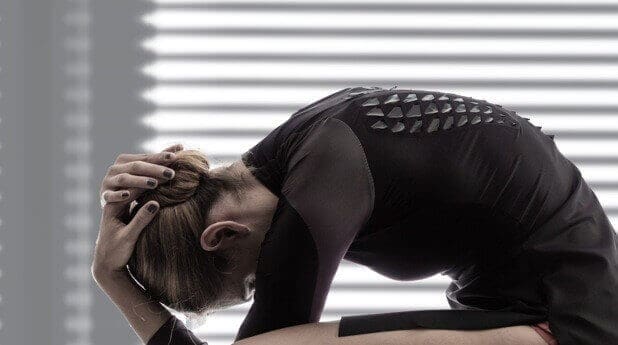
MIT's Tangible Media Group wants to make the world's materials "bio." Now, they've created bioLogic: a film that can respond to humidity.
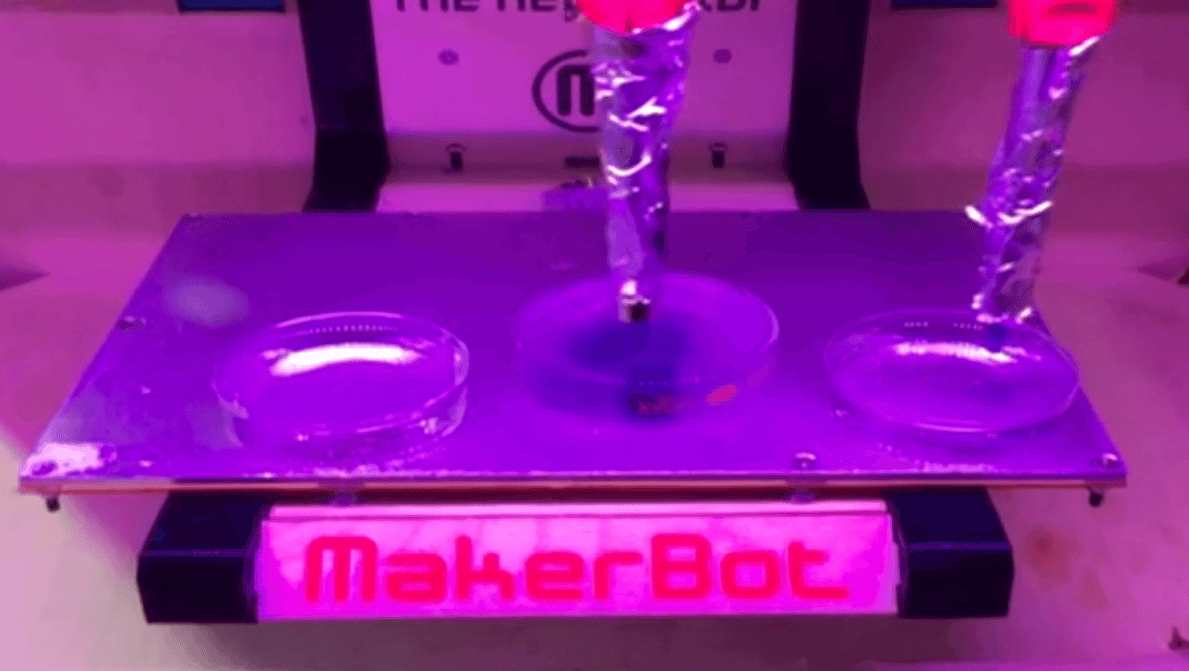
Researchers from Carnegie Mellon University have hacked a low-cost MakerBot 3D printer to print human tissue.

A 3D printed hairclip translates external sounds into vibration. "Ontenna" could be a big step for the hearing impaired.
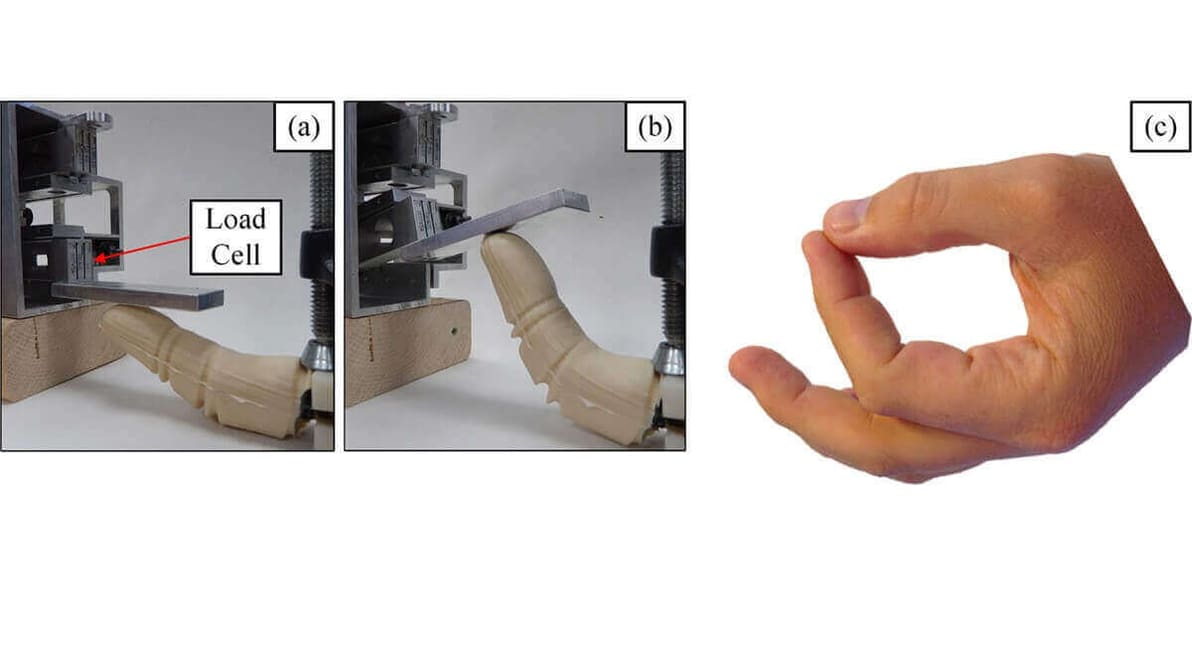
Inspired by biology and nature: A 3D printed finger is improving prosthetics while using a combination of new technologies.
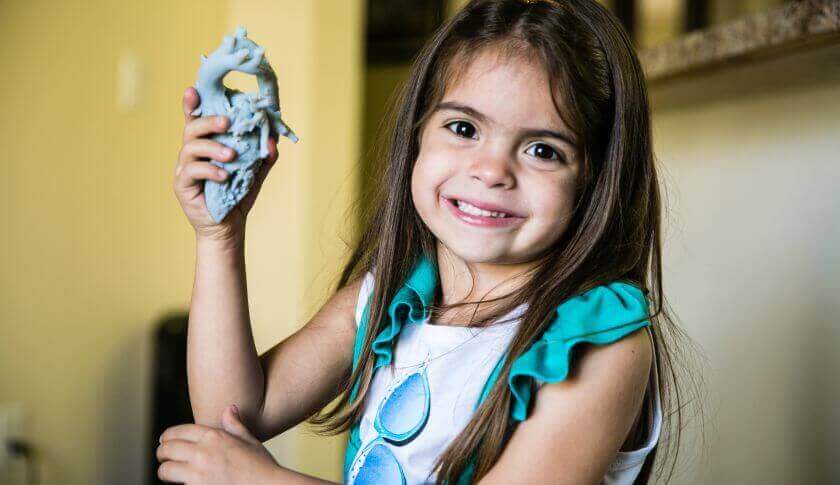
A 3D printed heart that was a precise replica of Mia Gonzalez’s own heart let surgeons prepare to operate before the first incision was made.
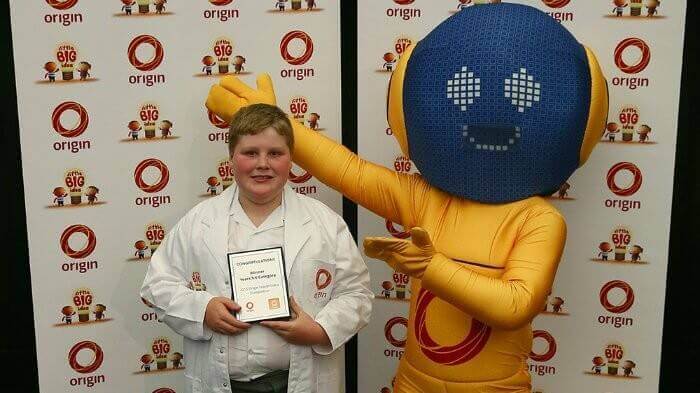
An 11 year old Australian wins a prize for his littleBIGidea; to hygienically store blood test strips used by diabetics in a 3D printed unit.

Scientists have found a way to create soft 3d printed matter that can take any shape while supporting its own weight and structure.
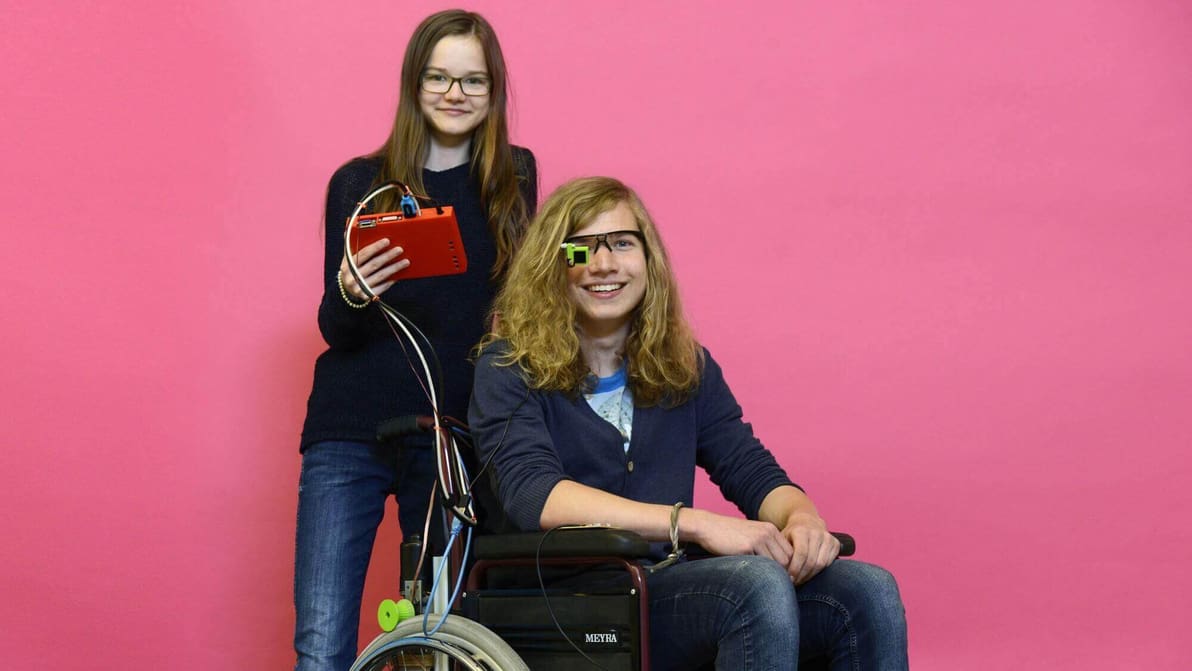
Using a Raspberry Pi and 3D printing, a pair of German teenagers have developed a low-cost, eye-controlled wheelchair. And it's open source.
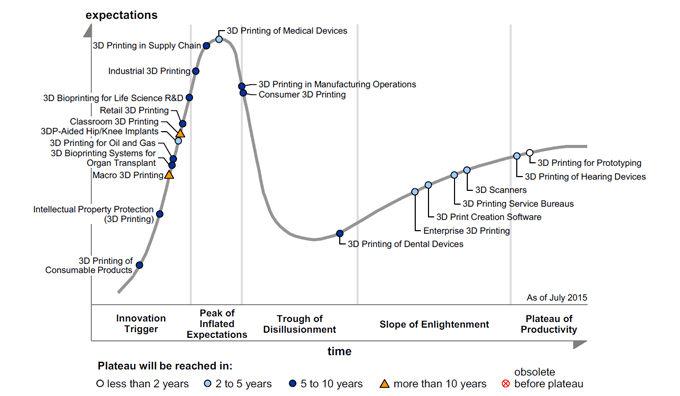
Again, Gartner has analyzed the 3D printing market. Their conclusion: 3D Printing has a bright future - but some sections will have to wait.
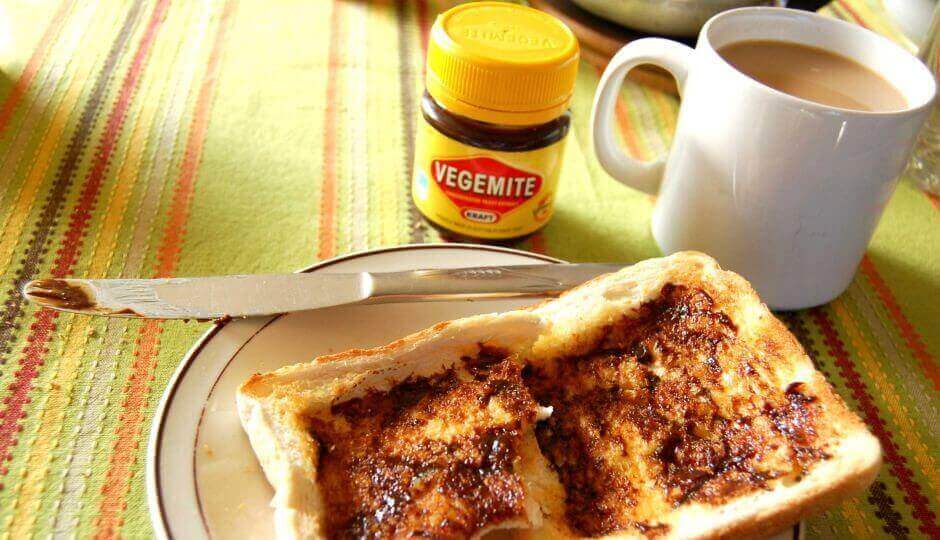
Professor conducts 3D printing experiments with Vegemite, the yeasty breakfast spread. It tastes delicious... and it conducts electricity?!
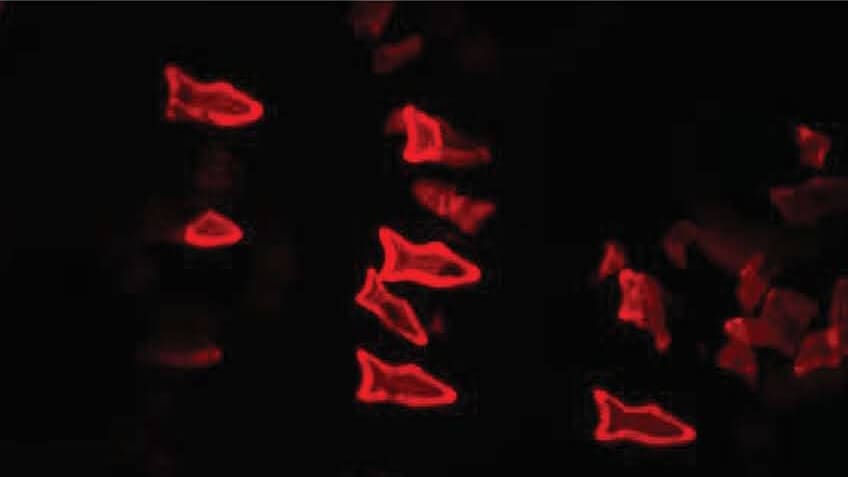
Researchers have created tiny robots in the form of 3D printed microfish, programmed to detect and remove toxins from liquid.
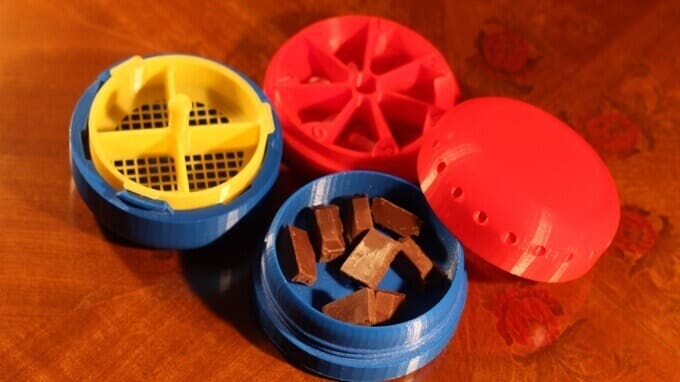
A Kickstarter for 3D Printed Pill Coaters causes mild discomfort. Headed by a mother-of-three, the project leaves us feeling unsure. Why? Read on.
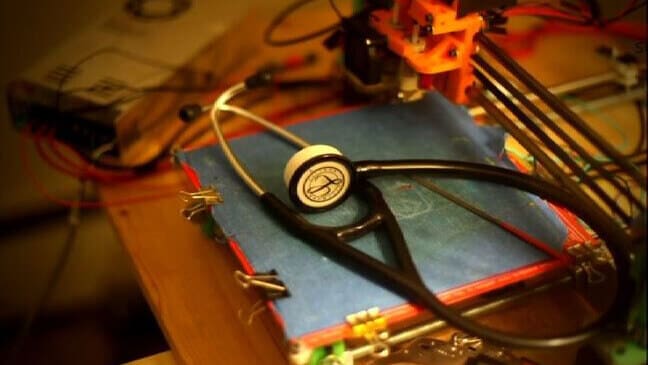
A doctor in the Gaza Strip had developed a cheap but fully functional 3d printed stethoscope, outperforming expensive proprietary solutions.
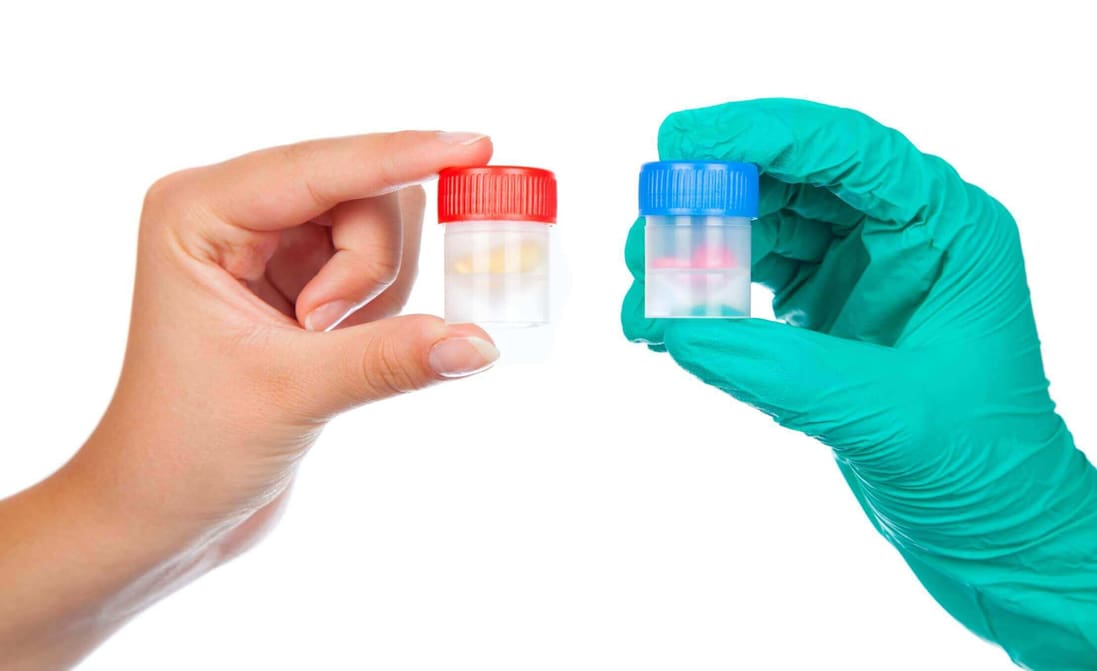
Science & technology projects benefit from crowdfunding. But 3D printed medicine? For unwary backers there may be a bitter pill to swallow.
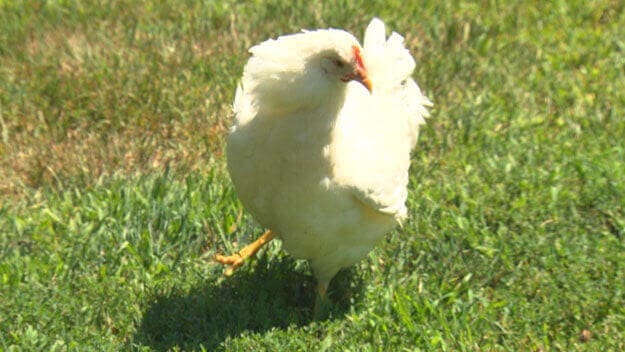
Boston woman raises animal-love to a whole new level with a $2,500 3D printed chicken prosthetic. Leading candidate for Mother Hen of Year.
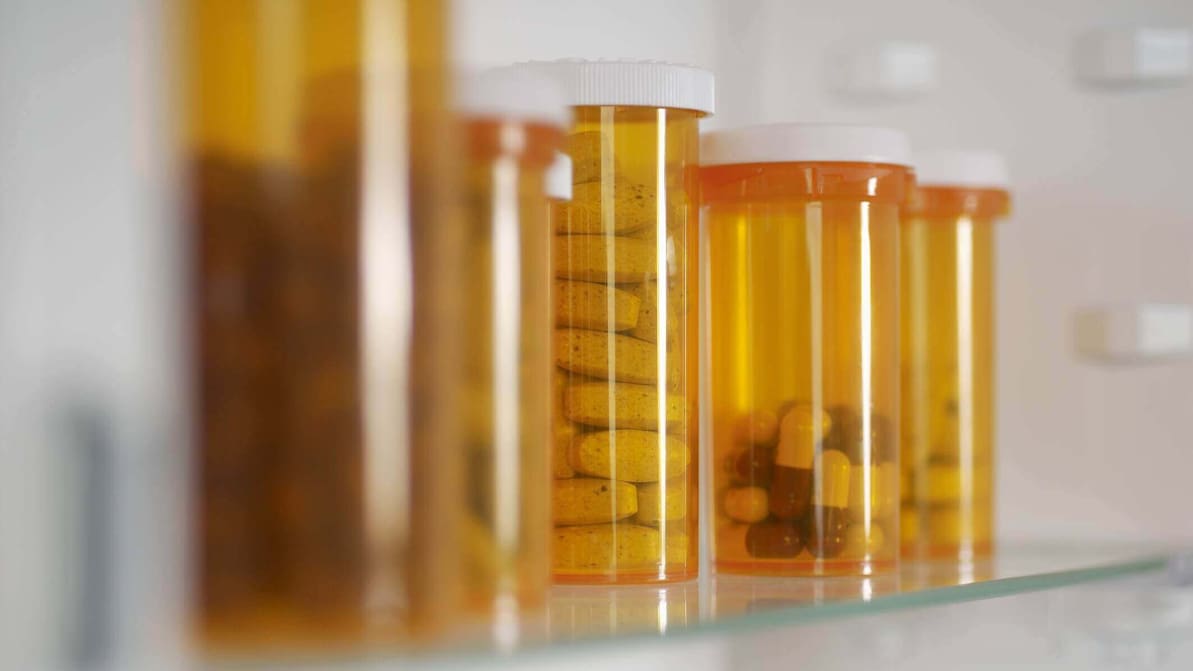
Easy-to-swallow pills from Aprecia are the newest -- and potentially the most practical -- application for 3D printing in medicine.